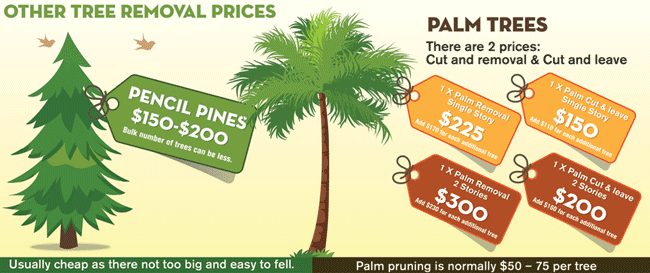Establishing The Right Time For Tree Removal - A Guide For Homeowners
Establishing The Right Time For Tree Removal - A Guide For Homeowners
Blog Article
Short Article By-Siegel Halsey
Trees add beauty and worth to residential property, but they can additionally position a threat throughout severe weather occasions. If a tree has actually quit expanding, is displaying visible fungal development, or has a leaning trunk, it should be eliminated by an expert to prevent property damage and injury.
To get more information, attend a home owner source reasonable co-hosted by HPD, the Center for NYC Neighborhoods, and Brooklyn-based real estate partners this night in Bedford-Stuyvesant. The occasion will include the Home owner Manual, a brand-new guide to help home owners navigate the responsibilities of owning a home.
1. Dead or Perishing Branches
Trees are an integral part of your home's landscape, using shade and appeal. They likewise supply sanctuary for wildlife and create oxygen, however even healthy trees can experience health problems that may necessitate their removal. Dead or passing away trees aren't simply undesirable, they can be unsafe. Their branches might drop during a storm, causing expensive property damages and injuries.
When a tree's branches begin to die, it indicates that its structure is beginning to break down. If most of its branches are dead, it is likely time to remove it.
Seek an absence of brand-new development, bark peeling, open injuries or tooth cavities, fungi expanding on the trunk or roots and a general appearance of decay in the whole cover. These indications of infection can suggest a serious trouble that will certainly call for professional tree solutions to deal with.
2. Leaning https://thedailychronicle.in/news/2409488/trending-now-call-center-platforms-market-dynamics-positioning-segmentations-competitive-landscaping-and-benchmarking-opportunity-analysis-economic-forecasting-and-impact-of-covid-19-analysis/
While it's typical for trees to lean once in a while as a result of phototropism, if a tree has a hazardous or severe lean that's not due to natural processes - it could be an indicator that the tree requires to be gotten rid of. If the tree is favoring a high-voltage line, home, lorry, play structure or any other area that could be unsafe to people if it drops, then getting in touch with a professional tree service for elimination must be a top priority.
It's also vital to expect any kind of sudden changes in a tree's leaning as it can suggest damage to the roots or trunk that might result in falling. This is specifically real during stormy weather, because high winds and rain-soaked dirt can trigger a lean to transform promptly. Normal surveillance, specifically during and after storms can help home owners acknowledge potential problems with their trees so they can call an arborist for a detailed evaluation.
3. Parasite Infestation
Some pest infestations, such as wood-boring bugs like emerald ash borer or sap-suckers like scale bugs, are so serious that they can cause a tree to pass away. The best way to avoid pest problem is to check your trees on a regular basis. Look for areas, openings, or discolorations in the leaves and bark. Analyze the trunk for splits and indications of insect damages, such as tunnels or tracks.
If a tree becomes also infested with insects, or is close to a home or high-voltage line, an arborist may suggest removal. If a leaning tree creates a new, unpredictable lean, an arborist will likely recommend removal also to guarantee the safety and security of people and residential or commercial property. If a weakened or dead tree consistently loses excessive branches, it is an indicator that it is time to eliminate the tree. If https://root-removal95162.blog2news.com/29911028/picking-in-between-do-it-yourself-and-hiring-an-expert-for-tree-removal remains to shed branches for an extensive time period, it can cause structural problems and possible building damages.
4. Harmed Trunk
Trees are a gorgeous and integral part of our landscape, but they do need routine care to maintain them healthy and safe. If a tree is harmed beyond repair it is most likely time for it to come down.
Seek signs of damages to the trunk, including upright splits, seams, dead branch stubs, noticeable injuries or open tooth cavities and extreme tree-rot. The presence of fungi at the base of the trunk is one more alerting indication. Fungis might indicate that the phloem and xylem (life-support cells) are endangered, allowing for the spread of illness or a future failing.
Likewise, take into consideration whether the tree has quit growing. Healthy and balanced trees will certainly have new growth each year, which might be visible as buds or branches growing and prolonging. If you do not see any kind of brand-new growth, it's an excellent idea to have an arborist evaluate the tree and follow their recommendation for removal. A passing away or damaged tree can fall and cause building damages.